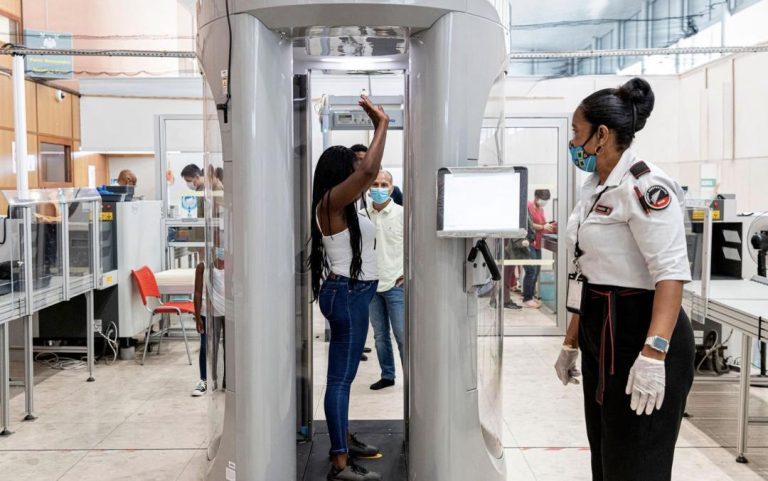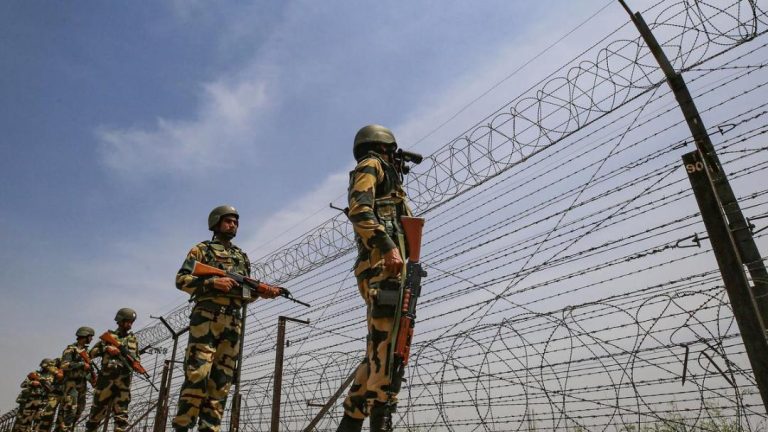
India’s Fiscal Deficit at 85.8% of FY25 Target in April-February
India’s fiscal deficit, which is the difference between the government’s expenditure and revenue, stood at a whopping ₹13.5 lakh crore in the April-February period, accounting for 85.8% of the ₹15.7 lakh crore full-year target, according to provisional data provided by the Comptroller and Auditor General (CAG). This development has raised concerns about the government’s ability to meet its fiscal targets, particularly in the final quarter of the financial year.
The fiscal deficit, which is a key indicator of a government’s financial health, has been on a rising trend over the past few years. The current fiscal deficit is significantly higher than the ₹12.3 lakh crore recorded in the same period last year, which was 79.1% of the full-year target. The increasing fiscal deficit is a cause for worry, as it could lead to a surge in inflation, interest rates, and the country’s debt burden.
The government’s revenue has been under pressure due to various factors, including a slowdown in economic growth, decline in corporate tax collections, and a decline in indirect tax collections. On the other hand, government expenditure has been increasing, driven by various initiatives such as infrastructure development, social welfare schemes, and defense spending.
Another area of concern is the government’s capital expenditure, which remains below target. The provisional data showed that the government had spent ₹8.1 lakh crore on capital projects in the April-February period, which is short of the ₹10.2 lakh crore target for the full financial year. This means that the government will have to spend around ₹2.1 lakh crore in March alone to meet the target, which could be a challenging task.
The government has been pursuing various initiatives to boost revenue and contain expenditure. One of the key measures has been to increase taxes, including the introduction of the Goods and Services Tax (GST) in 2017. However, the GST has not yielded the desired results, and the government has been facing criticism for its implementation.
Another challenge facing the government is the declining corporate tax collections. The corporate tax collections have been declining due to various factors, including a slowdown in economic growth, decline in global trade, and the impact of the COVID-19 pandemic. The government has been taking various measures to boost corporate tax collections, including the introduction of a new tax regime and the reduction of corporate tax rates.
Despite these challenges, the government is confident of meeting its fiscal targets. The government has been working on various initiatives to boost revenue and contain expenditure, including the introduction of a new tax regime and the reduction of corporate tax rates. Additionally, the government has been taking steps to improve tax compliance and reduce tax evasion.
In conclusion, India’s fiscal deficit has been on a rising trend, and the government’s capital expenditure remains below target. The government will have to take various measures to boost revenue and contain expenditure to meet its fiscal targets. The government’s ability to manage its finances effectively will be crucial in determining the country’s economic trajectory in the coming years.






